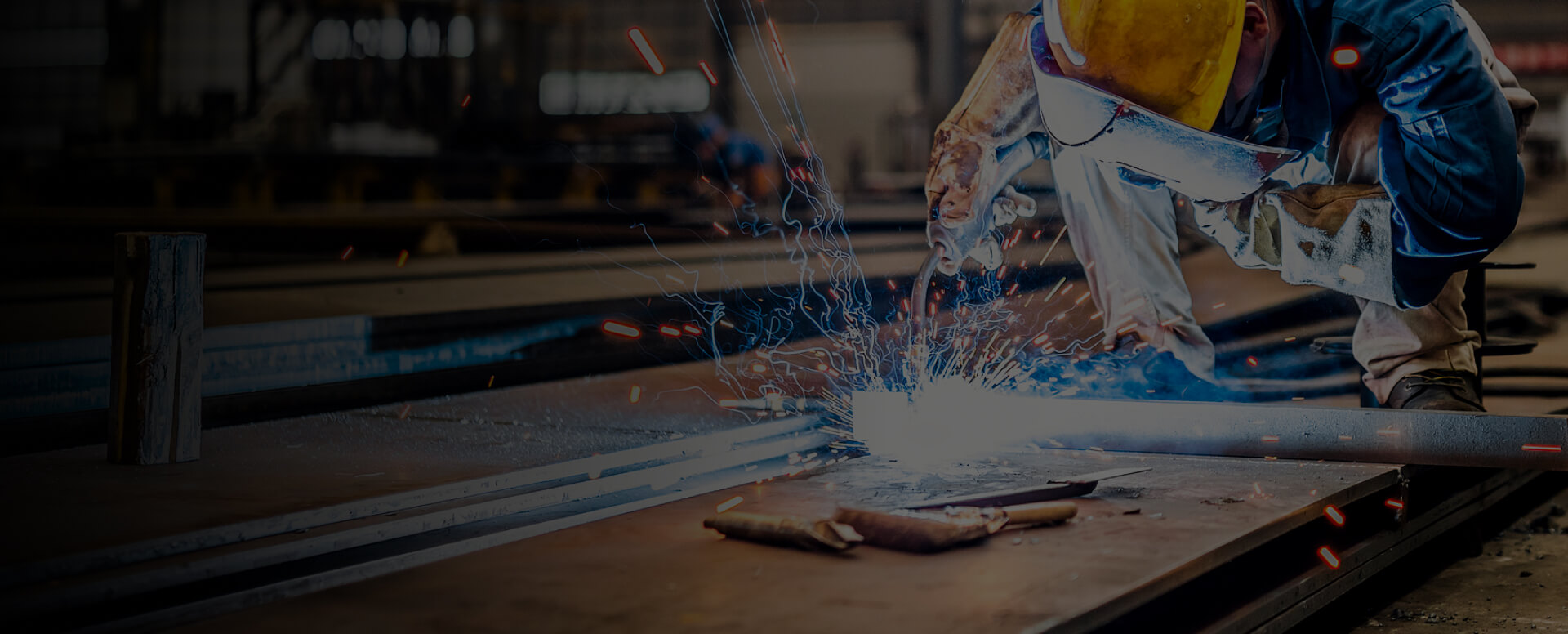
Understanding Welding Processes and Key Challenges
Welding encompasses a variety of techniques, each suited to specific applications and materials. Among these, Gas Tungsten Arc Welding (GTAW), also known as TIG welding, is often regarded as one of the most challenging due to its high demand for precision and operator skill.
Common Types of Welding Processes
1. Gas Metal Arc Welding (GMAW/MIG)
• Overview: Uses a continuously fed consumable wire electrode and shielding gas (typically argon or argon-CO₂ mix) to join metals.
• Applications: Popular in automotive repair and fabrication for its speed and adaptability.
• Advantages: High deposition rates and ability to weld a variety of metals and thicknesses.
•Limitations: Requires a stable power source and is not ideal for windy conditions.
2. Gas Tungsten Arc Welding (GTAW/TIG)
• Overview: Employs a non-consumable tungsten electrode and inert shielding gas (e.g., argon) for high-precision, clean welds.
• Applications: Ideal for thin materials, stainless steel, and non-ferrous metals like aluminum and copper alloys.
• Advantages: Excellent control and high-quality weld output.
• Limitations: Slower process with a steep learning curve.
3. Shielded Metal Arc Welding (SMAW/Stick)
• Overview: Uses a flux-coated consumable electrode.
• Applications: Common in construction and industrial fabrication.
• Advantages: Works well outdoors and on rusty or dirty materials.
• Limitations: Produces slag and requires post-weld cleaning.
4. Flux-Cored Arc Welding (FCAW)
• Overview: Similar to MIG but uses a tubular wire filled with flux.
• Applications: Suitable for thick metals and outdoor applications.
• Advantages: High deposition rate and deep penetration.
•Limitations: Can produce spatter and may require cleanup.
5. Submerged Arc Welding (SAW)
• Overview: Uses a continuous wire electrode with a granular flux cover.
• Applications: Used in shipbuilding and large structural fabrication.
• Advantages: High quality, minimal fumes, and high speed.
•Limitations: Limited to horizontal positions.
6. Other Specialized Methods
Includes resistance welding and electron beam welding, which serve niche applications requiring specific techniques and equipment.
Factors Influencing Welding Difficulty
Material Compatibility
•Metals like aluminum dissipate heat quickly and require higher energy input, while steel is generally easier to weld.
•Dissimilar metal welding (e.g., copper to steel) introduces challenges due to varying melting points and thermal properties.
Material Thickness
•Thin materials are prone to burn-through, while thicker sections require higher heat input and proper technique to ensure penetration.
Joint Design and Preparation
•Joint types (butt, lap, T-joint, etc.) and preparation (beveling, cleaning) significantly affect weld quality and difficulty.
Accessibility and Position
•Welding in flat positions is simpler than vertical or overhead welding, which demands greater skill and control.
•Confined spaces or hard-to-reach areas may require specialized tools or techniques.
Why GTAW/TIG Welding Is Considered the Most Challenging
1. Demands High Skill and Precision
•Operators must maintain a steady hand while coordinating the torch, filler rod, and foot pedal.
•Inconsistent movement or arc length can lead to defects like an undercut or lack of fusion.
•Deep knowledge of base materials and parameters is essential.
2. Sensitivity to Contamination
•TIG welding requires exceptionally clean base metals—any oil, dirt, or oxide layer can compromise weld quality.
•Filler metal must also be clean and compatible to avoid porosity or cracking.
3. Critical Role of Shielding Gas
•Consistent and adequate gas coverage (usually argon) is essential to protect the weld from atmospheric contamination.
•Improper gas flow or windy conditions can disrupt shielding and result in defective welds.
•Special precautions like windshields may be needed for outdoor work.
In summary, while multiple welding processes each have their complexities, GTAW/TIG welding stands out due to its stringent requirements for cleanliness, operator skill, and controlled conditions. Proper technique, equipment setup, and material knowledge are crucial for achieving high-quality TIG welds.
Related Articles

The High Costs And Key Limitations of Robotic Welding
The High Cost and Key Limitations of Robotic WeldingWhile robotic welding enhances efficiency and precision, it comes with significant expenses, requires specialized setup, and lacks human-like adaptability for complex or non-standard tasks.High Initial InvestmentAdopting robotic welding systems inv

What Are The Disadvantages of Tig Welding?
TIG Welding: Key Drawbacks and Comparisons with Other MethodsTungsten Inert Gas (TIG) welding, also known as Gas Tungsten Arc Welding (GTAW), is recognized for its precision and versatility in joining metals. However, it also presents certain limitations, including high skill requirements, slower op

What Type of Welding Is Mag?
What is arc welding?Arc welding is a process that uses an electric arc to join metals. The arc formed between the electrode and the metal workpiece generates intense heat, melting the materials and fusing them together. This method is highly versatile and can be performed using either direct current

